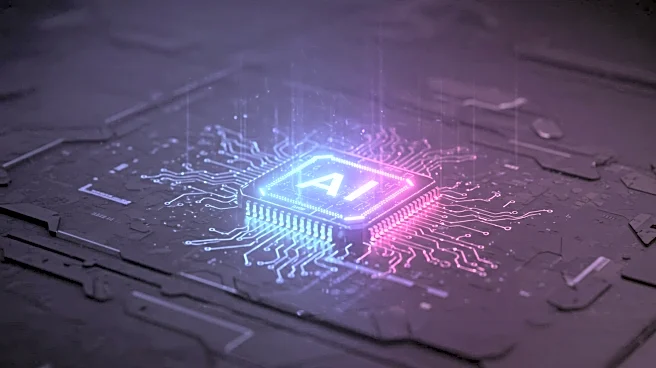What's Happening?
AI-driven automation is transforming telecom operations by shifting from reactive to predictive maintenance models. This approach uses machine learning algorithms to analyze historical performance data and real-time sensor inputs, forecasting potential failures and scheduling repairs during off-peak hours. A case study from 2025 highlights a telecom operator's success in reducing network downtime by 40% through AI-powered analytics, which monitored fiber degradation and preemptively replaced at-risk components. This method not only increases uptime but also lowers operational costs and improves network reliability. The integration of continuous anomaly detection and chaos engineering further enhances network resilience, allowing systems to recover from outages autonomously.
Why It's Important?
The adoption of AI-driven predictive maintenance in telecom operations is crucial for improving service reliability and reducing costs. By anticipating failures and automating repairs, telecom companies can avoid costly service level agreement penalties and enhance customer satisfaction. This shift also allows telecom operators to allocate resources more efficiently, focusing on innovation rather than reactive problem-solving. The broader impact includes increased competitiveness in the telecom industry, as companies that implement these technologies can offer more reliable services and potentially gain market share.
What's Next?
Telecom operators are likely to continue expanding the use of AI-driven automation across their networks, further integrating predictive maintenance with other AI technologies like anomaly detection and chaos engineering. This expansion could lead to more robust and fault-tolerant networks, reducing the need for human intervention and allowing teams to focus on strategic initiatives. As these technologies mature, they may also be applied to other sectors, potentially revolutionizing maintenance practices across various industries.











